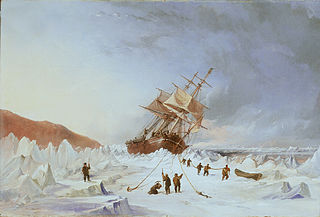Several ships have been named Lion for the lion:
- Lion (1796 ship) was launched in the Netherlands in 1789. She was taken in prize c.1795. On her first voyage under British ownership she was under contract to the British East India Company (EIC). She was lost in 1798 on the homeward-bound leg of her voyage to India.
- Lion (1809 ship) was a Spanish vessel launched in 1802 that the British came to own in 1809. She was a merchantman and letter of marque. She captured the American privateer Matilda in a notable single-ship action in 1813. Lion was wrecked some months later.
Lion was launched in the Netherlands in 1789. She was taken in prize c.1795. On her first voyage under British ownership she was under contract to the British East India Company (EIC). She was lost in 1798 on the homeward-bound leg of her voyage to India.

The East India Company (EIC), also known as the Honourable East India Company (HEIC) or the British East India Company, and informally known as John Company, Company Bahadur, or simply The Company, was an English and later British joint-stock company. It was formed to trade in the Indian Ocean region, initially with Mughal India and the East Indies, and later with Qing China. The company ended up seizing control over large parts of the Indian subcontinent, colonised parts of Southeast Asia, and colonised Hong Kong after a war with Qing China.
Lion was a Spanish vessel launched in 1802 that the British came to own in 1809. She was a merchantman and letter of marque. She captured an American privateer in a notable single-ship action in 1813, some months before Lion was wrecked in 1813.






